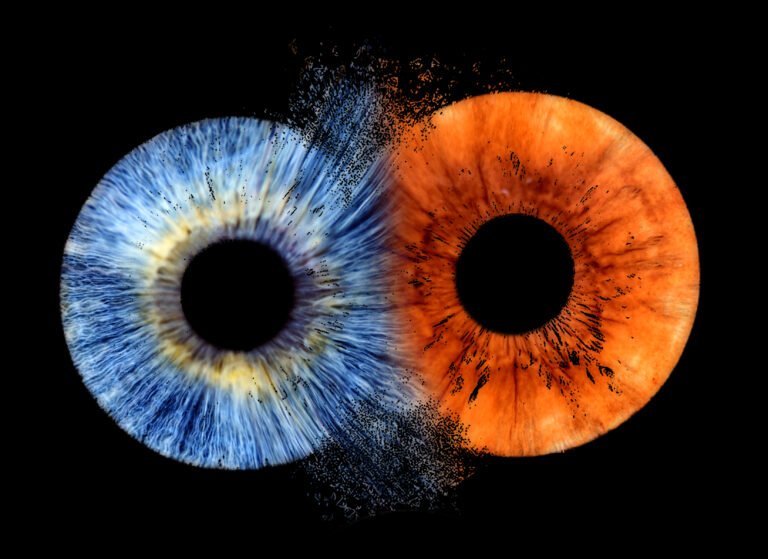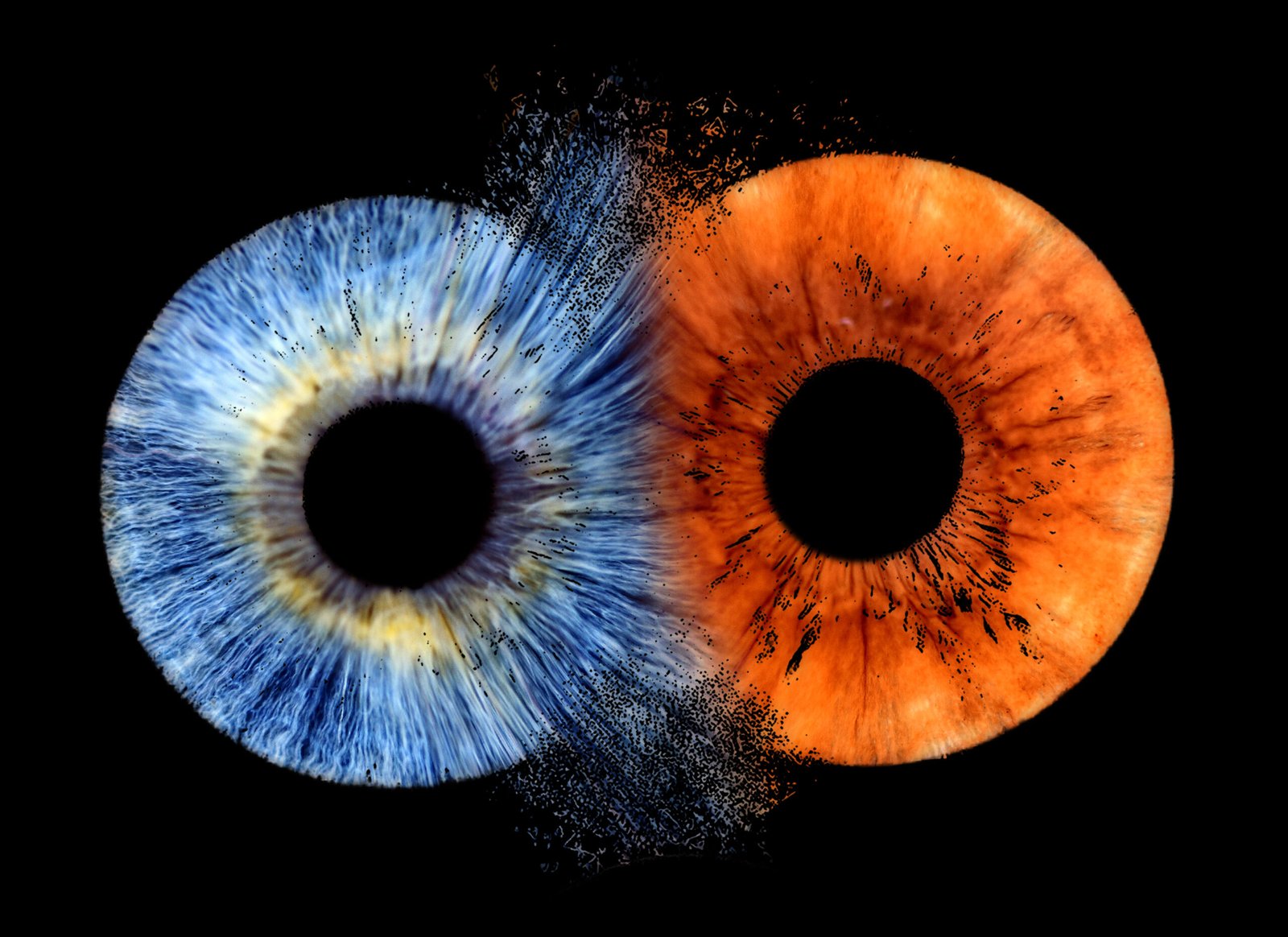
Blogs

Unlocking the Secrets of Iridology: The Science Behind the Eyes
Our eyes are often called the “windows to the soul,” but did you know they might also be windows to your health? Iridology, a holistic health practice that examines the patterns, colors, and structures of the iris, offers fascinating insights into the body’s systems and potential imbalances. This blog explores the history, science, and applications of iridology—and why it’s capturing the attention of health enthusiasts worldwide.
What is Iridology?
Iridology is the study of the iris—the colored part of the eye—to assess an individual’s health. Practitioners believe that different areas of the iris correspond to specific organs and systems in the body. By examining unique markings and characteristics, iridologists aim to identify strengths, weaknesses, and potential health concerns.
Iridology is not a diagnostic tool in the conventional medical sense. Instead, it’s a complementary approach used to guide wellness strategies and preventive care.
How Does Iridology Work?
Iridology is based on the idea that nerve endings in the iris are connected to the brain and other body parts. These connections are thought to create a map of the body within the iris. Iridologists use specialized cameras or iriscopes to capture high-resolution images of the eye, which are then analyzed for:
- Colors and Pigments: Variations may indicate specific tendencies or predispositions.
- Patterns and Structures: Rings, lines, and other features might reflect stress or imbalances in certain areas.
- Shading and Brightness: Changes in texture or brightness could offer clues about health status.
The History of Iridology
The roots of iridology date back to ancient Egypt, where early healers believed the eyes could reveal health secrets. In the 19th century, Hungarian physician Dr. Ignác Péczely formalized the practice after noticing a connection between iris markings and health conditions in his patients. Since then, iridology has gained recognition in alternative medicine communities worldwide.
Applications and Benefits
While iridology doesn’t replace traditional medical care, it offers several benefits:
- Early Warning System: Iridology can highlight potential health imbalances before symptoms manifest.
- Personalized Wellness: Practitioners provide tailored advice on diet, lifestyle, and natural remedies.
- Holistic Perspective: The practice considers the whole person rather than focusing solely on symptoms.
Is Iridology Scientific?
Iridology remains controversial in the scientific community. Critics argue that evidence supporting its efficacy is anecdotal and lacks rigorous clinical validation. However, proponents highlight its value as a preventive tool and a complement to conventional approaches.
Getting Started with Iridology
Interested in exploring iridology? Here are a few tips:
- Find a Certified Practitioner: Look for professionals with training from recognized iridology institutions.
- Understand Its Limitations: Iridology is not a substitute for medical diagnosis or treatment.
- Be Open-Minded: Approach the practice as a tool for self-awareness and holistic health.
Conclusion
Iridology offers a unique lens into our well-being by examining the intricate patterns of the iris. Whether you view it as a fascinating art, a science, or a blend of both, this practice underscores the importance of listening to your body and embracing a proactive approach to health. As our understanding of holistic health evolves, iridology continues to captivate those seeking deeper insights into their wellness journey.
blog
related articles
Explore our related articles for tips, stories, and creative ideas about personalized iris art, gifting, and home decor. Stay inspired and informed with our latest blog updates!


Discover the Fascinating World of IRIS Photography

